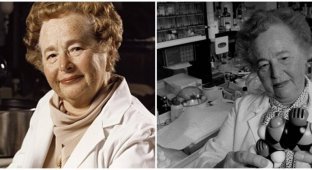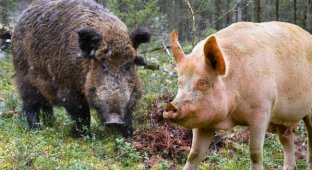Women scientists who have had a major impact on the world. Part 2 (13 photos)
By request, we continue the stories about women who went against the world where men reigned. A woman in science was an oxymoron; they had to win their place in the scientific community. And they did it. The first part is here 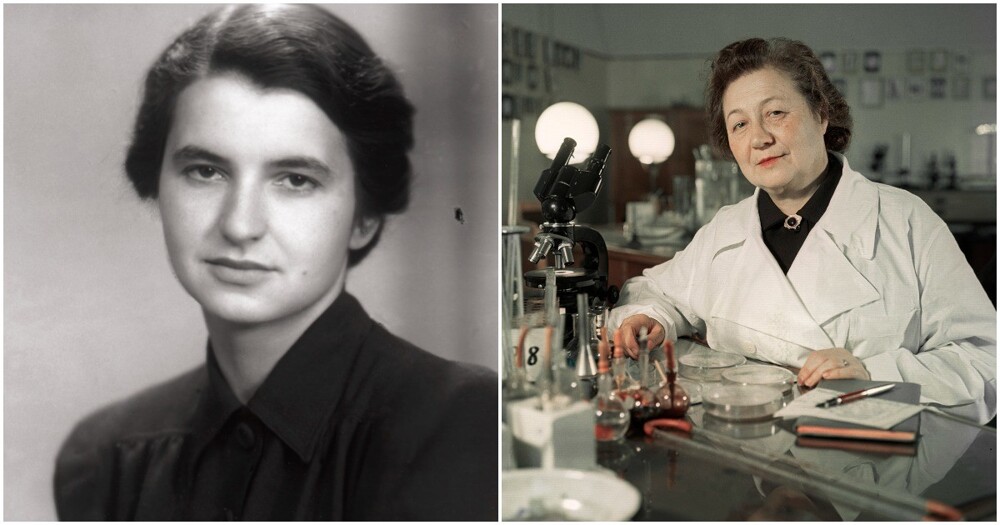
They were so smart and so eager to do what they loved that they ignored all the sarcastic comments. This already speaks of the strength of their personality.
Hedy Lamarr 
She has a rather unusual biography, since Hedwig Eva Maria Kiesler, born in 1914, first became famous as an actress.
Hedwig became famous after a scene in the film Ecstasy (1933) where she swam naked in a forest lake. Her husband, Fritz Mandl, being a millionaire and an Austrian arms dealer, tried in vain to buy back all copies of the film. The man was so-so, obviously, and Hedwig, tired of his authoritarian character, was able to escape from the house only by giving sleeping pills to the maid.
She ended up in America, where she received not only contracts and recognition, but also a new name - Hedy Lamarr.
During the war, the woman became interested in weapons when she learned that on September 17, 1940, an evacuation ship was sunk, where 77 children died. Hedy had a sharp mind, a knack for exact sciences and an excellent memory - she remembered all the conversations her first husband had with his fellow colleagues about weapons. Lamarr decided to share with her neighbor, composer George Antheil, the idea that if you remotely communicate the coordinates of a target to a controlled torpedo on the same frequency, the enemy will easily intercept it. It will silence and redirect the torpedo to another target. And if you use a random code on the transmitter that changes the transmission channel, then the same frequency transitions can be synchronized on the receiver. It is precisely this change of communication channels, as Lamarr argued, that can guarantee the security of information transfer. 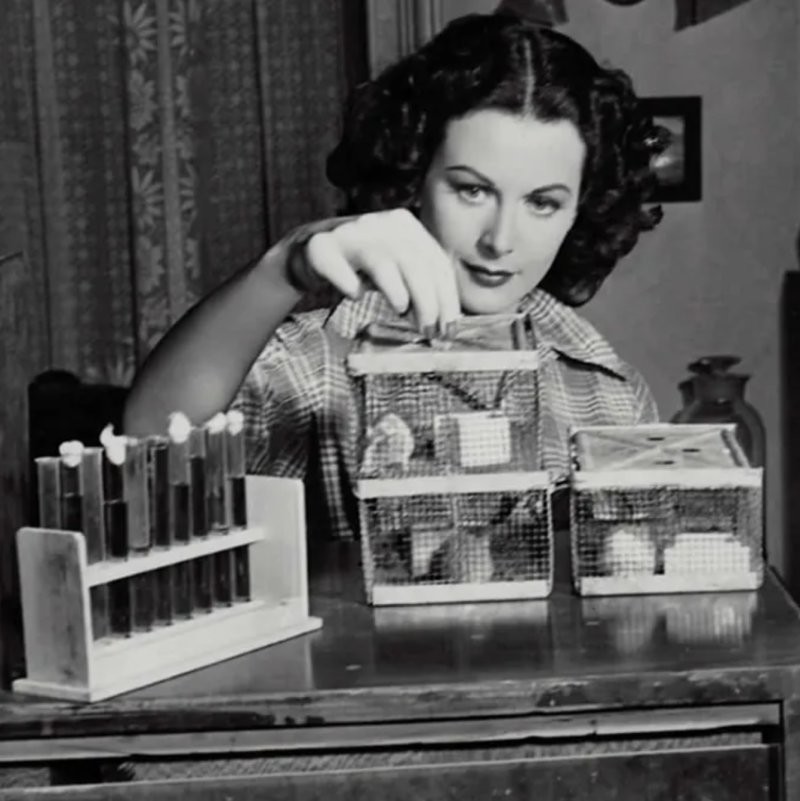
Already in 1942, Antheil and Lamarr received a patent “Secret Communication System” for a period until 1955. It describes secret communication systems, where, among other things, there were transmissions of false channels at different frequencies.
But the project began to be used to a limited extent only in 1962, and Lamarr and Antheil did not receive a penny of royalties for it. And only half a century later, based on this patent for spread spectrum communications, the one used everywhere - from smartphones to Wi-Fi and Bluetooth.
Sofia Kovalevskaya 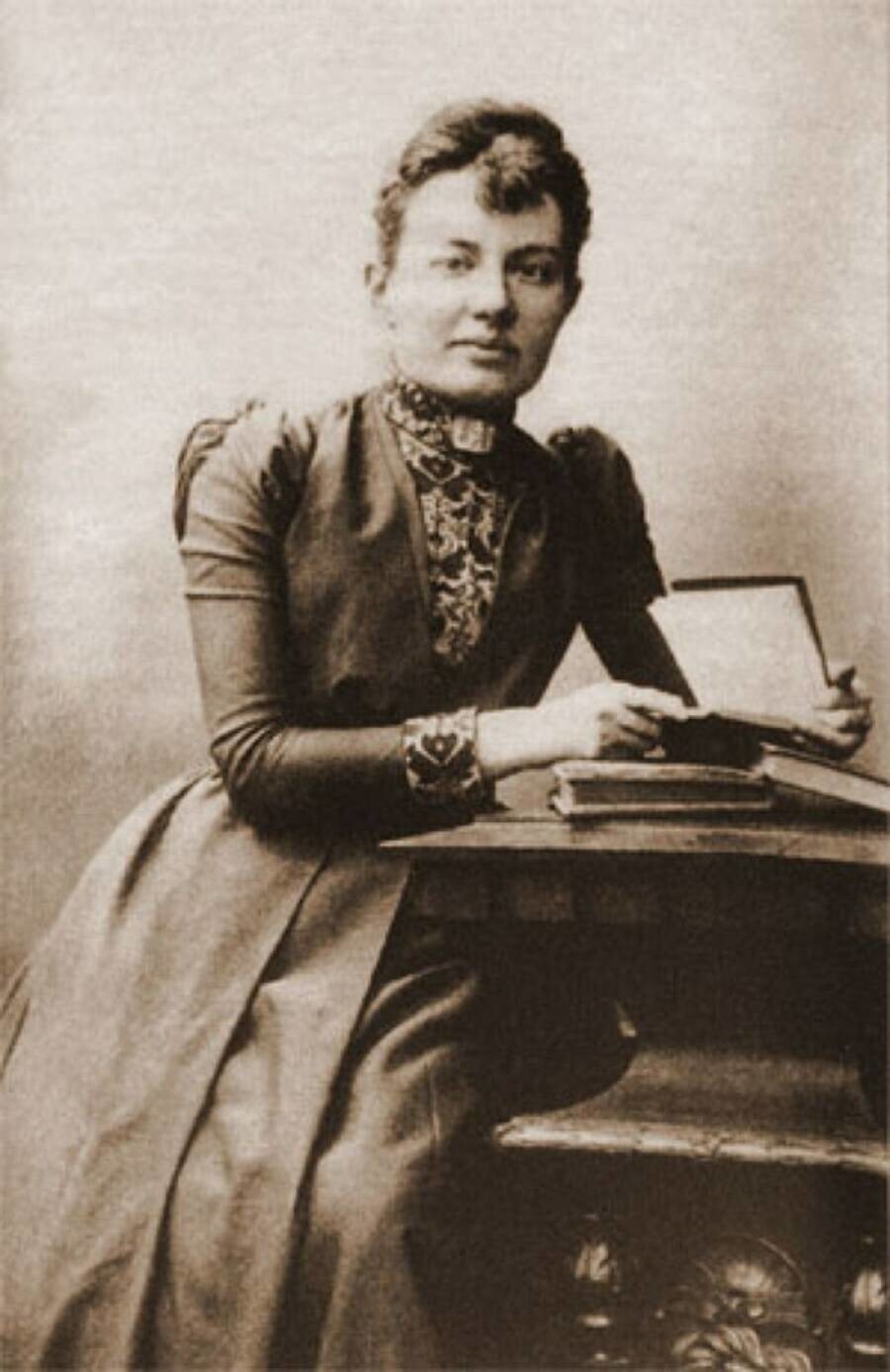
Legendary woman. She became the first female professor in Northern Europe and the first female professor of mathematics in the world.
She was born in 1850 and in those days the path to higher educational institutions was closed to women; Kovalevskaya could only study abroad. But a woman could only obtain a foreign passport with the permission of her parents or husband. Sophia had to fictitiously marry the scientist Vladimir Kovalevsky.
First, the girl studied at the University of Heidelberg, then at the University of Berlin with Karl Weierstraße. Given that women, according to the rules of the educational institution, could not listen to lectures, Weierstraße made an exception for Kovalevskaya, noting how passionately interested she was in science. In 1874, she received the title of Doctor of Philosophy, and by the end of her studies, not fictitious, but real feelings flared up between Vladimir and Sophia. They began to live together and the couple had a daughter. Unfortunately, Vladimir soon committed suicide due to financial problems, and Sophia, taking her five-year-old daughter with her, returned to Berlin to Weierstrass. 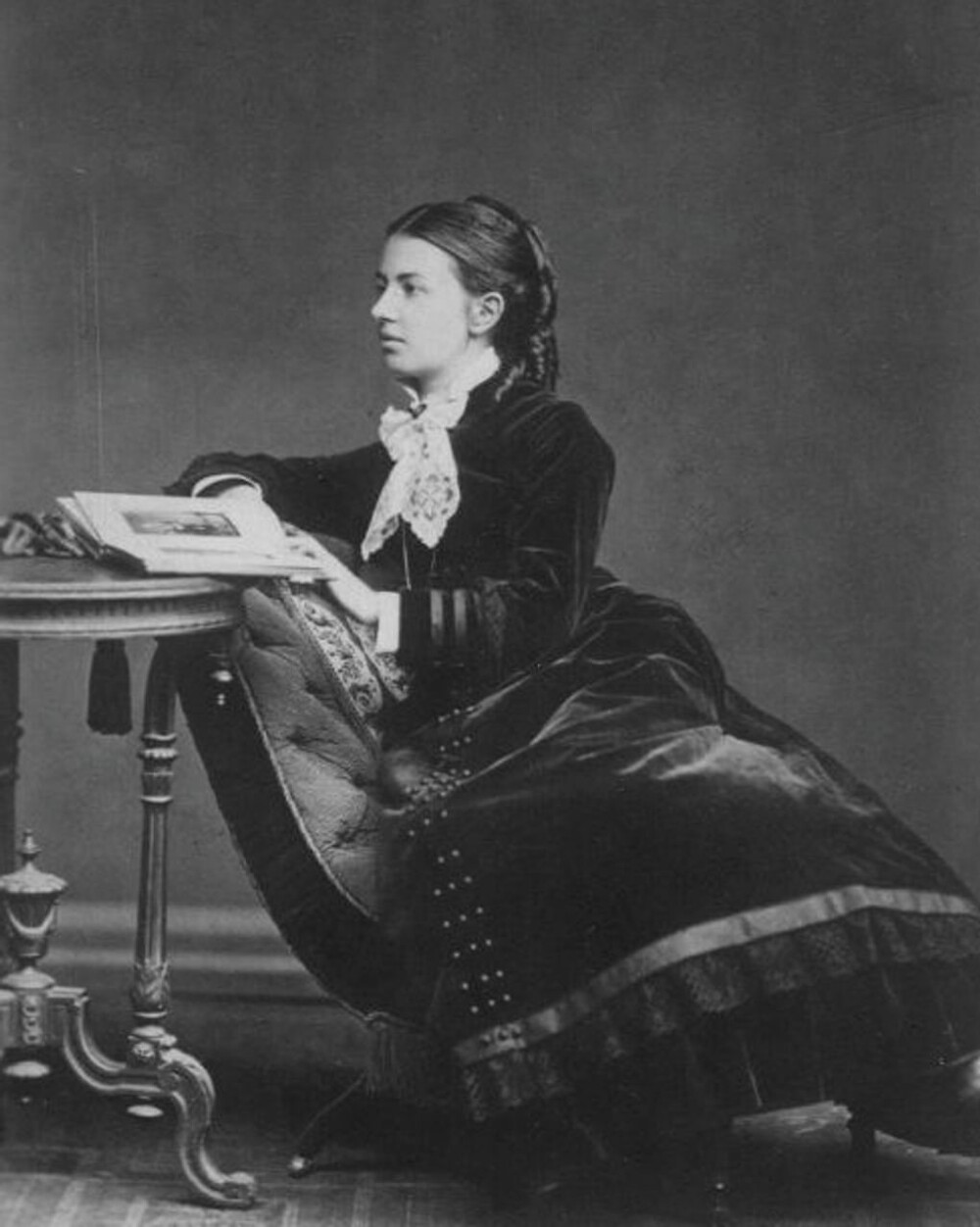
He did the almost impossible - Sophia began teaching at Stockholm University as a professor of mathematics. At first she lectured in German, and from the second year she began in Swedish, fluent in both languages. She published her works in Swedish.
In 1888, Kovalevskaya received an award from the Paris Academy of Sciences for discovering the third classical case of solvability of the problem of the rotation of a rigid body around a fixed point.
And the next year, the Swedish Academy of Sciences noted Kovalevskaya’s second work on the same topic. Sofya Kovalevskaya was elected a corresponding member of the Physics and Mathematics Department of the Academy of Sciences.
Rosalind Franklin 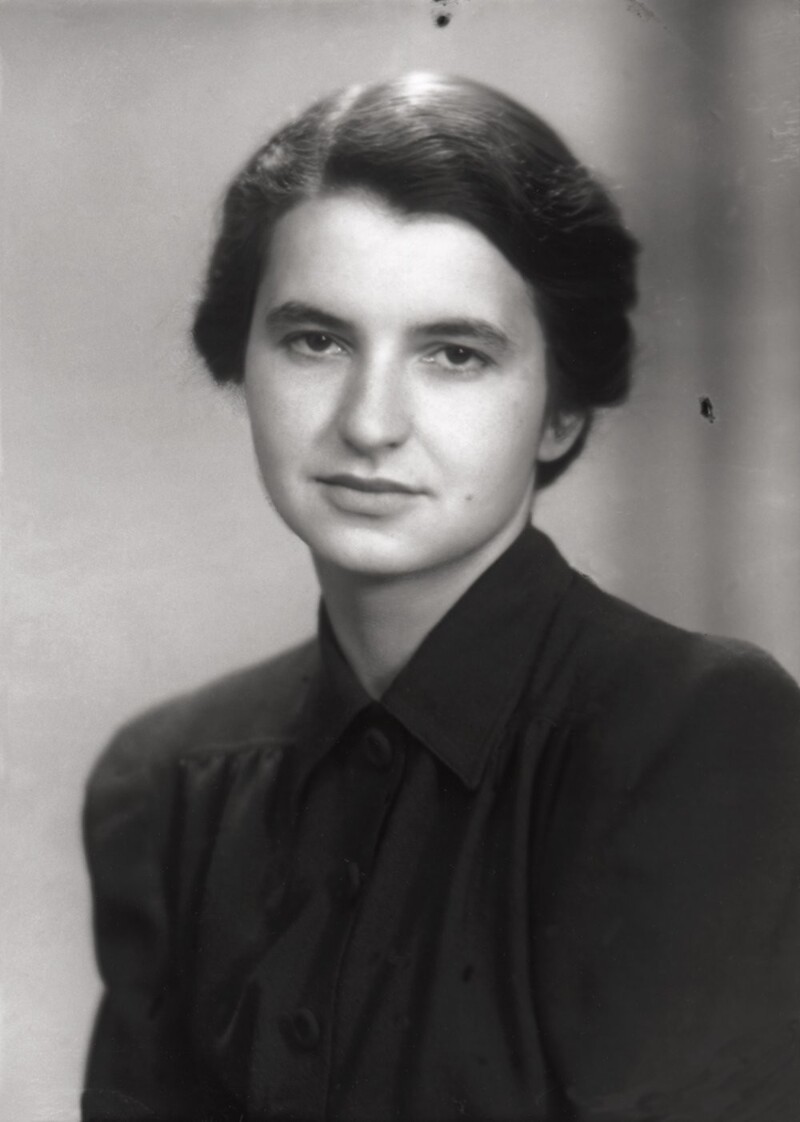
She was born in 1920 and from childhood she was attentive to her studies, giving particular preference to science. She attended Cambridge University, receiving a bachelor's degree in chemistry and a doctorate in physical chemistry. At the same time, she studied X-ray diffraction and crystallography.
"Photo 51" taken by her is a photograph of a real chromosome scanned by X-rays. Franklin was in conflict with her colleague Maurice Wilkins and he, without her permission, showed the photo to Francis Crick and James Watson - famous scientists who were striving for the same goal as Franklin, giving them a head start. It took about 100 hours to create this photograph, and it took about a year to calculate the shape of the DNA from the photo. 
Scientists did not precisely calculate the location of each atom - they simply quickly analyzed Franklin's discoveries and created a relative structure, taking all the glory of the discoverers. Franklin spent a year analyzing and calculating the position of each atom and got the same result. But Crick and Watson were already known as the discoverers of the structure of DNA. Unfortunately, Rosalind passed away from cancer when she was 37 years old.
Crick and Watson, having deceived the public, received the Nobel Prize in 1962 for the discovery of the structure of DNA, and only later did those who were familiar with Franklin and, thanks to her notes, find out how everything really was. Today, Rosalind Franklin is considered a pioneering scientist who loved research and made amazing discoveries.
Ada Lovelace 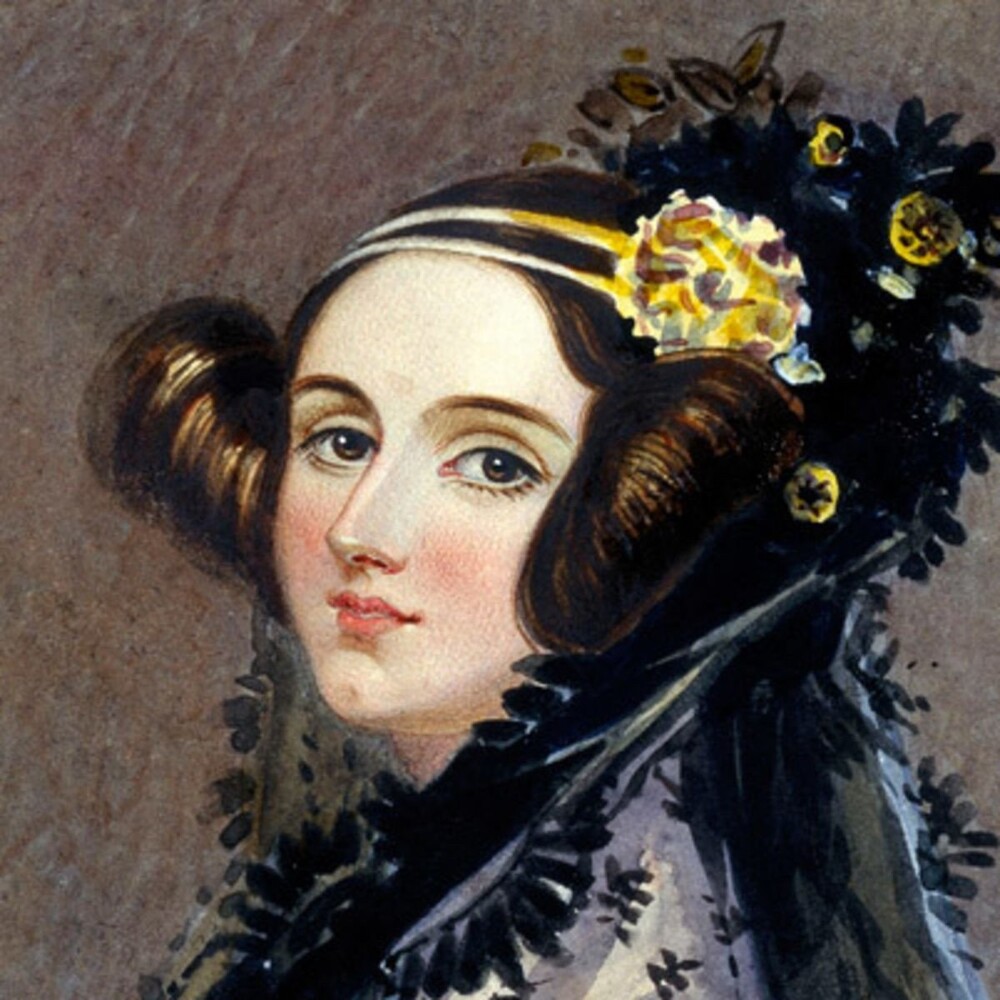
She was the daughter of the poet Byron, born in 1815, and at the age of 17 she met Charles Babbage, the inventor of the Analytical Engine. Ada and Charles got married and had three children, but the girl never gave up what she saw as her calling. She actively participated in her husband’s work on the invention of a computer, which became the prototype of the current digital computer. It was Ada who came up with a program capable of demonstrating the analytical capabilities of the machine. Lovelace also coined the terms “cycle” and “work cell.”
Ada kept notes where she said that the Analytical Engine could create algebraic formulas, and in the future it would be able to draw pictures, write music and take paths in science that were not even thought about in her time. 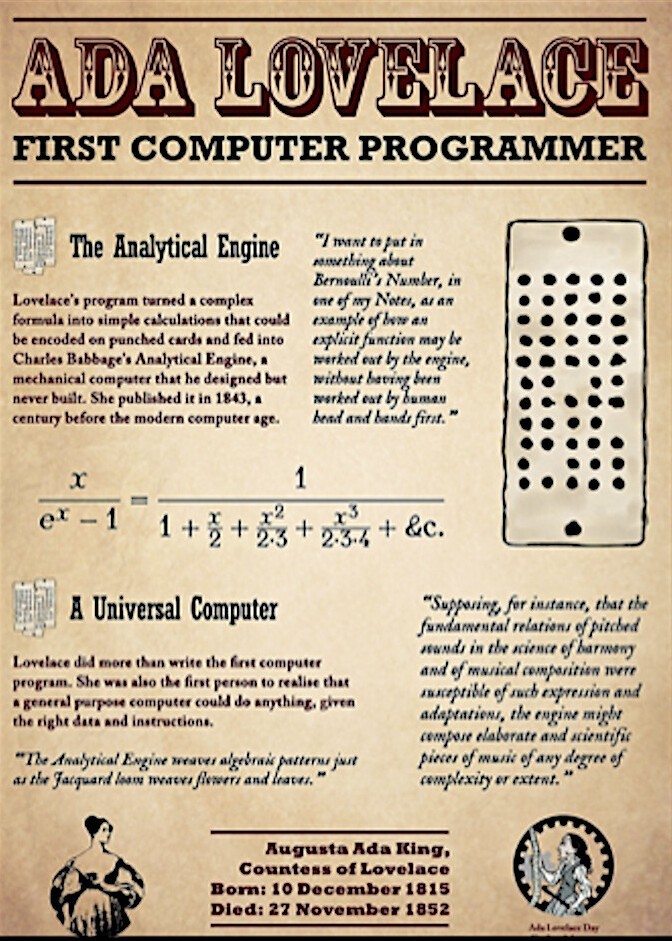
But unfortunately the car was never completed, and Ada Lovelace died from profuse bleeding while being treated for uterine cancer. She was only 36 years old.
The Science Museum in London was only able to build a functioning copy of Babbage's machine in 1991, based on his drawings, with only slight adjustments.
One of the programming languages was named in honor of Ada Lovelace, and Programmer's Day is celebrated on December 10, the day she was born.
Nettie Marie Stevens 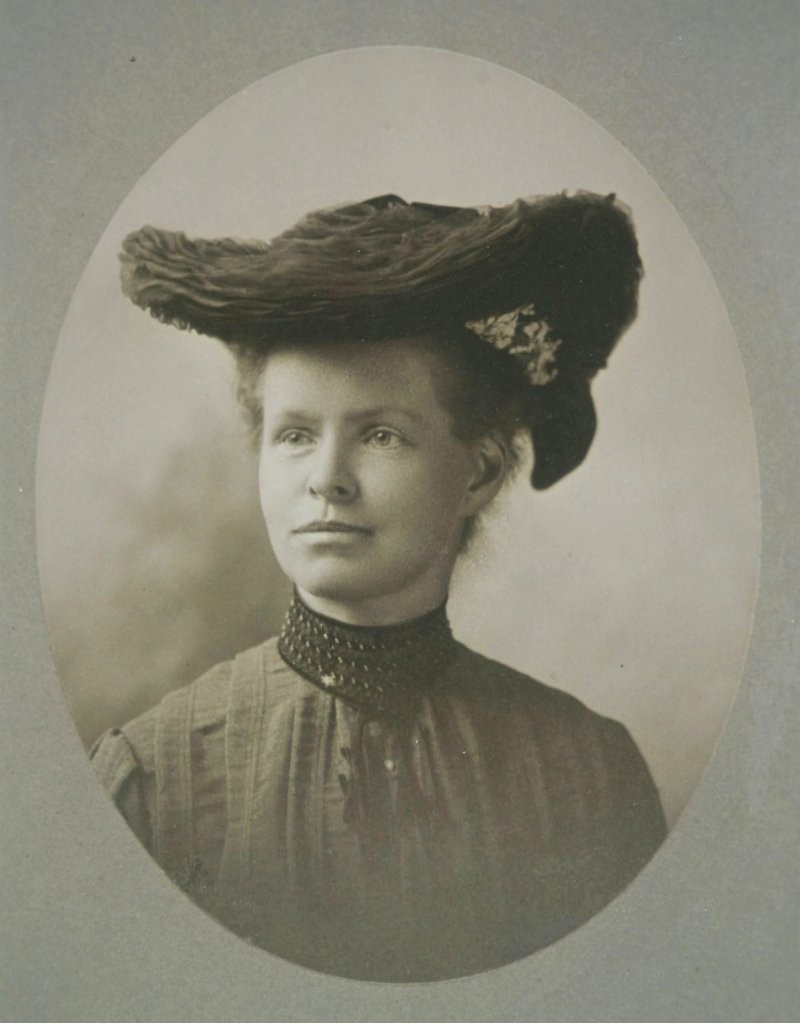
Nettie was born in 1861 in the USA. She pretty soon decided on what she wanted to do - science. At age 19, Stevens graduated from college, began working as a teacher, and then transferred to Westfield State Normal School. At 35, she was able to enroll at Stanford, and after 4 years, she was able to enroll in graduate school at Bryn Mawr College. She began her scientific career at the age of 39. 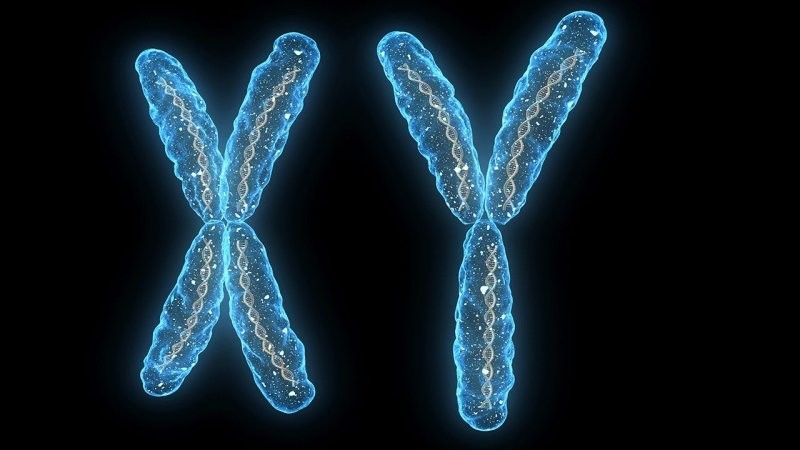
Stevens studied embryogenesis in insects and found that male germ cells contain both X and Y chromosomes, but eggs contain only X chromosomes. Nettie concluded that sex is inherited as a chromosomal factor. She wrote her discovery in 1905, but at the same time, geneticist Edmund Beecher Wilson wrote something similar and for some time he was considered the first to discover sex chromosomes. But Wilson did not study the chromosomal composition of the eggs and, accordingly, did not know that it was the males who were responsible for the sex of the offspring. And only after Stevens’ work, he republished his work, taking into account her discovery.
After this discovery and until her death, Stevens taught and conducted research at Bryn Mawr.
Magdalena Pokrovskaya 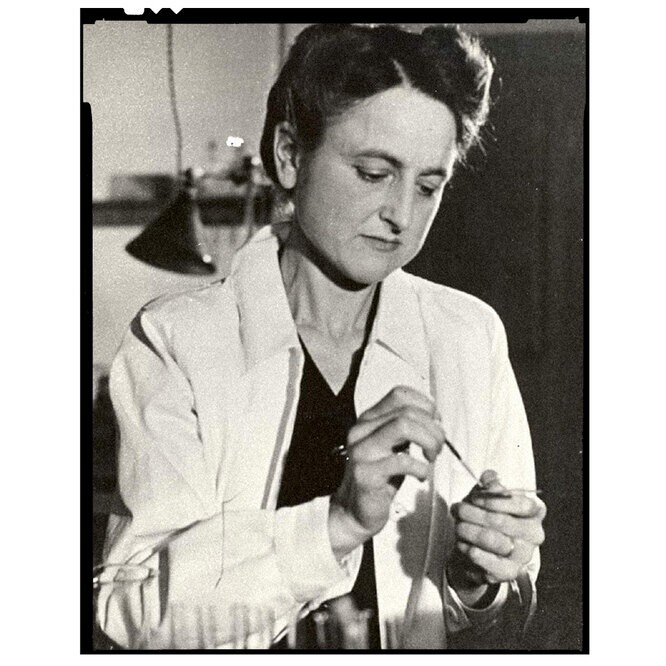
Pokrovskaya was born in 1901 in Saratov, where she later graduated from medical university and went to work in her specialty (bacteriologist) at the Stavropol anti-plague laboratory.
Quite quickly she became a leader and worked for several years on a working vaccine against flu.we, which would not only save the patient’s life, but also provide immunity.
Yes, at that moment the world already had a vaccine, which was created by Vladimir Khavkin in 1896, but due to the use of dead bacteria, it did not give the patient immunity from the disease and, accordingly, did not protect very well. 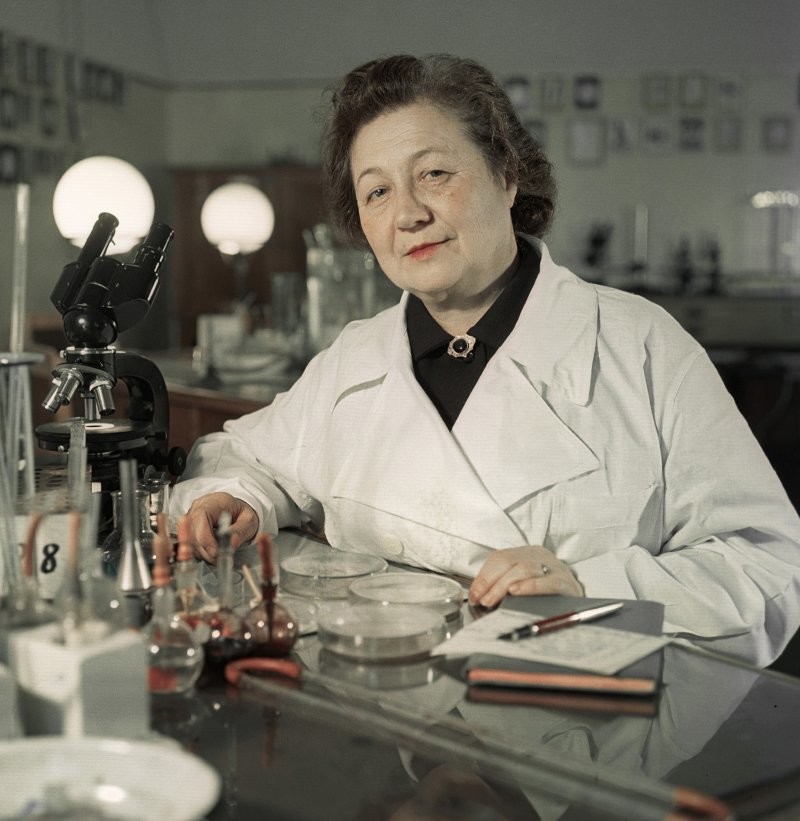
Pokrovskaya was able to solve the problem by breeding a culture of plague bacteria "AMP", which was used as a vaccine. They did not use the structure of human cells and did not infect, but the body was able to produce antibodies to these bacteria. Accordingly, if a vaccinated person gets bubonic bacilli, he will have immunity.
The vaccine was tested on rodents for several years, and on March 8, 1943, Pokrovskaya decided to administer it to herself. Magdalena Petrovna injected 500 million live plague bacilli into her own blood to test how the serum worked on people. A bold (probably even reckless) experiment helped first save people, and then completely stop the bubonic plague epidemic. On the third day, Magdalena Petrovna had already developed immunity to the disease, and the vaccine later began to be used throughout the world.













